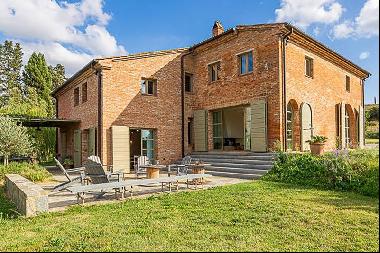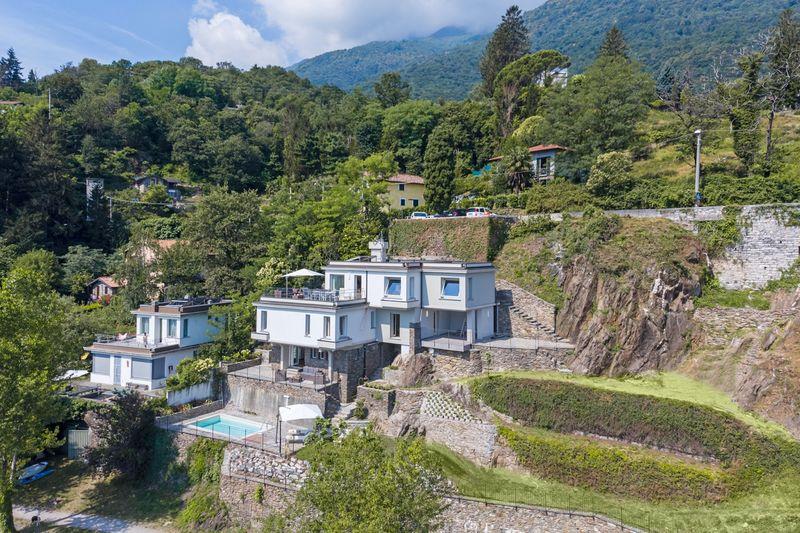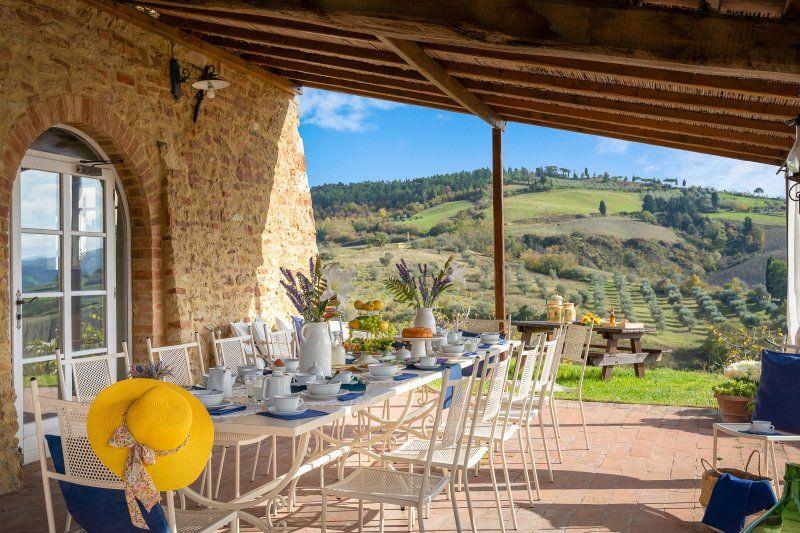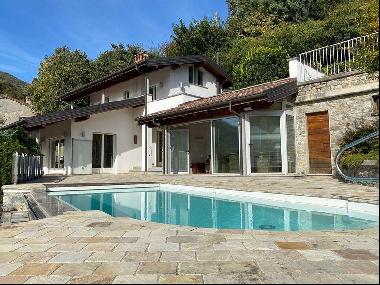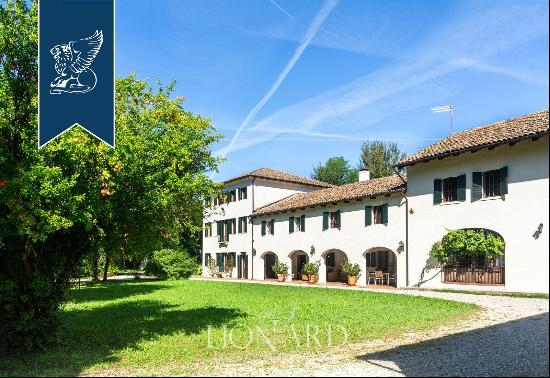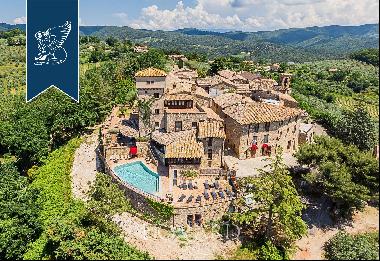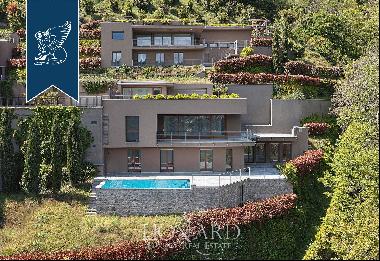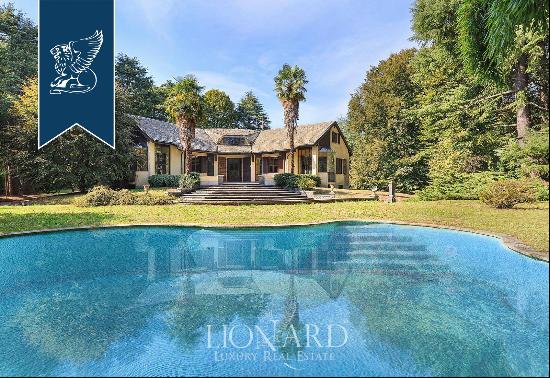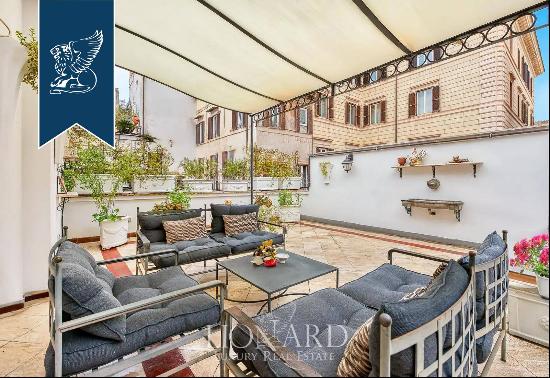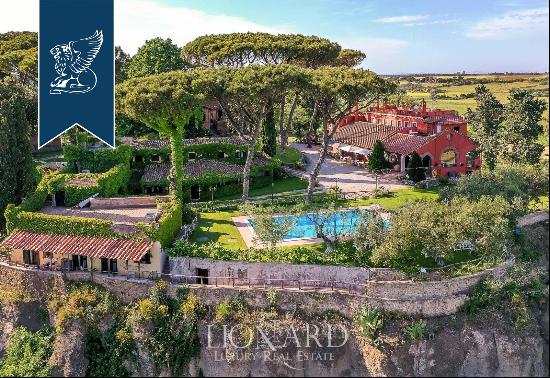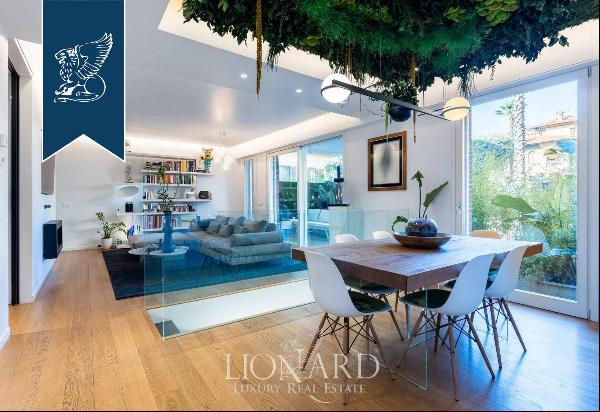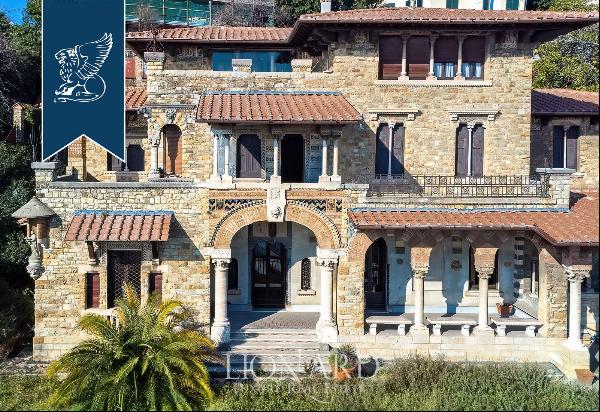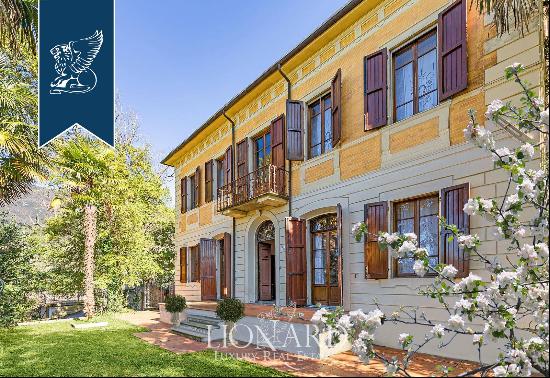
By Jonathan Tuckey
At its core, all my work aims to retain the original structure of a building, while at the same time offering some sustainable, contemporary interventions. I’m a strong advocate for using the contextual elements of existing architecture to create atmospheric interior spaces, incorporating new and old materials in a sensitive response to the character of historic buildings.
Opting for natural materials sourced from the local environment not only tends to be ecologically preferable, it creates a distinctive mood or character, and for millennia this was the approach. Technological developments have gradually led to a reliance on artificial products, but we’re now coming full circle, with a celebration of interiors and materials that seek to mirror nature.

When presented with dramatic spaces and structures, such as this grand villa near Siena, it’s important to reflect the surrounding landscape to create a balanced atmosphere inside.

Restoring original timber beams and other natural materials
Firstly, you have to appreciate what you have: floors, walls, ceilings. If you’re lucky enough to find original materials — timber beams, say, or terracotta tiles — it’s essential to restore, preserve and expose these elements. They should become the focal point, a visual expression of the building’s life and history.
Insulating a home without obscuring these historic elements can be a challenge — how can the insulation be both effective and complementary? For the recent refurbishment of a historic Piedmont farmhouse, we added an extra layer of insulation in the pitched eaves of the roof, providing a subtle canvas which showcased the restored timber beams beneath. Where restoration is not possible, sourcing antique replacements such as reclaimed terracotta tiles or new, quality materials creates a cohesive interior.

Using natural clay and lime plasters
Many standard paints and wall finishes contain harmful substances that can damage original materials. Treating walls and ceilings with natural clay and lime plasters such as Clayworks classic finishes is a more sensitive and natural way to add colour and subtle textures. Creating bespoke finishes from materials available on site can also create beautiful results. For a recent restoration project at a Lake Como villa, we mixed dust, earth and pigments found nearby to make a recycled cocciopesto plaster, a breathable insulation that improves with age.

Adding marble or stone architectural joinery
Natural marble and stone joinery offers a luxurious solidity. First, we look at what is immediately at our disposal and then we source materials locally. This could include exposing and retaining pre-existing internal features, such as an original vaulted brick ceiling where insulation wasn’t necessary, or, on a smaller scale, introducing locally quarried marble and stone in kitchens and bathrooms. It can be as simple as incorporating one focus-grabbing piece, such as this Balnea natural stone basin by Elisa Ossino in a bathroom.

Using rich and muted colours to offset natural textures
Wherever possible, we reclaim and reinterpret materials as part of the renovation process, celebrating their colour and form. It’s a good idea to balance the natural textures of wood, stone and plaster with furnishings in rich, muted colours, which helps to create variation and ground your living space — this Christopher Farr handspun wool rug is a perfect example.

Use natural — and elemental — lighting
Working with natural light, incorporating internal glazing and creating new openings all help to create bright, joyous spaces. On a recent renovation, for example, we added internal clerestory windows to the bathroom walls to provide a gradual transition between rooms. Where sunlight is inaccessible, adding candlelight to dark spaces creates a sense of tranquility, perhaps with a sculptural wall piece like this reflecting flame by Christian+Jade, which you can find online at Studio Oliver Gustav.
Exterior lighting also enhances the atmosphere, and mixing elements like lighting stems, pathway flagstones and naturalistic planting can help form a bridge between interiors and the landscapes beyond.
Photography: Dirk Lindner; Italy Sotheby's International Realty; Mark Lawrence; Edmund Sumner


